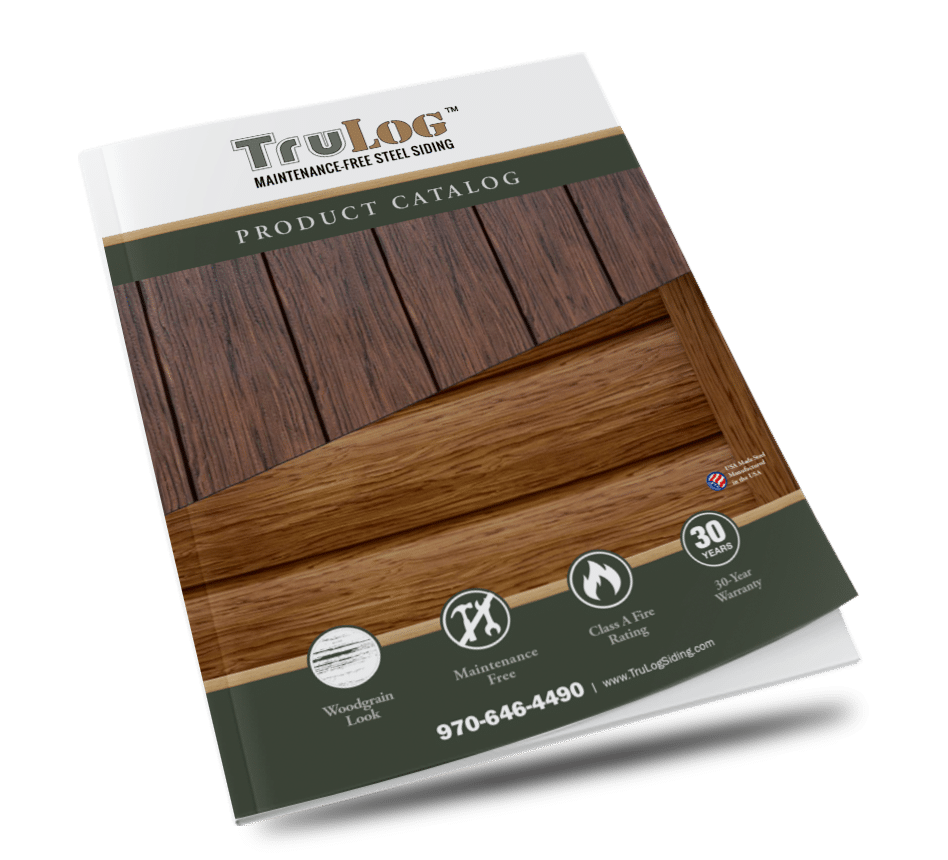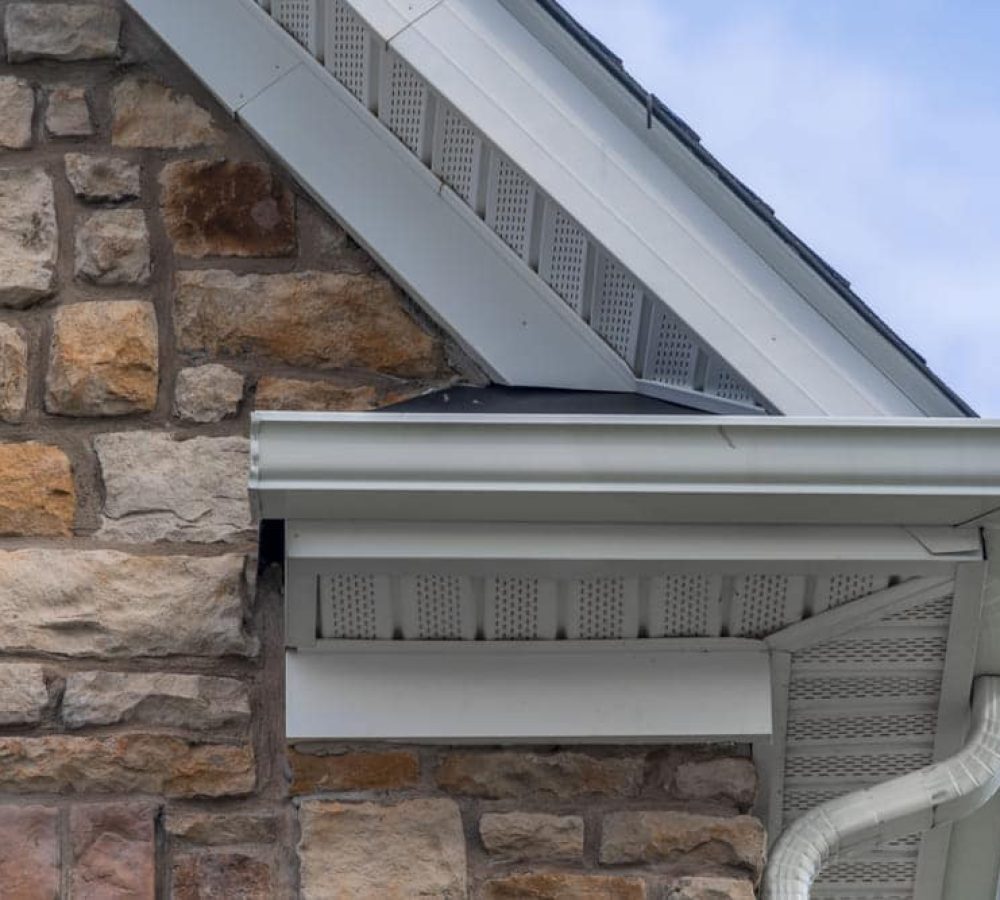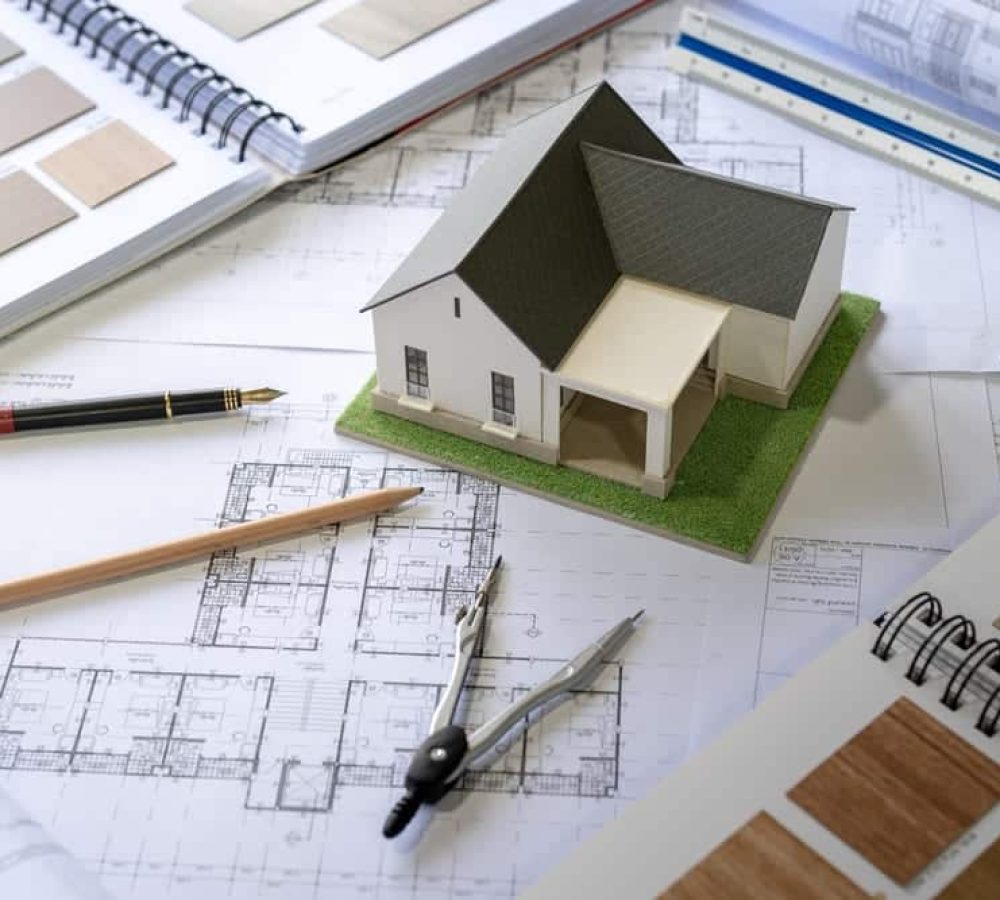All homes require maintenance, but log home maintenance demands particular expertise and considerable expense. Not only does natural wood siding need detailed attention, but it needs it almost constantly compared to other materials. This is one of the biggest reasons why many homeowners are swapping out traditional log siding with steel-based products that resemble real wood.

There’s no debate about the beauty of natural logs – these types of homes offer unique character and warmth. But it’s critical that you have a robust understanding of the maintenance and costs involved so that you can be prepared to keep your log home in pristine condition. Otherwise, deterioration can quickly compromise the entire aesthetic.
This guide explores some of the most common topics concerning log cabin maintenance before offering a worthy alternative that delivers the look of log siding without all the work. Take a look!
Standard Log Cabin Maintenance Needs
When homeowners think about maintenance, they often think about disaster scenarios where damage has occurred, like a hailstorm or a fallen tree. But it’s important to realize that log home maintenance is routine – no exceptional event needed. If you’re working with real wood throughout your cabin exterior, you’ve got to accept the idea that it will need incessant work just to maintain its original appearance.

These are the four standard log cabin maintenance needs:
1. Cleaning
The frequency of cleaning will depend on the setting of the log home, but count on doing a deep clean at least 2-3 times per year. Wood absorbs moisture naturally, so it’s common for dirt, grime, mold, and mildew to build up along the surface – especially where there are rounded edges, overlapping areas, or large amounts of shade. A 50/50 bleach and water solution and scrub brush can be helpful to remove buildup. Be sure to rinse the surface with a hose after scrubbing it clean.
2. Caulking
Temperature swings, humidity, and general settling of the ground can cause logs to shift and reveal new gaps. Re-applying caulk to gaps that have grown larger than a quarter of an inch is absolutely essential to protect the home from moisture, pests, and the total loss of energy efficiency. A small, 5-gallon tub of chinking material can cost about $200-$300, so be prepared. Most log cabins will experience significant settling in the first 3 years, meaning re-caulking tasks will be somewhat regular right off the bat.
3. Sealing
In addition to filling the gaps that can form between the logs, you’ll need to address any gaps that appear around windows and door frames, something that can happen naturally as wood logs swell and shift. Insulating foam sealant is recommended, and a good-quality dispenser gun can run between $50-$100.
4. Staining
Log cabin stain usually serves two purposes: it provides consistent color and it offers a limited boost in water resistance. Staining is usually best achieved when done by hand with a brush, which allows you to get all of the surfaces evenly. What usually comes as a surprise to homeowners is that stain doesn’t last a lifetime. In fact, water-based stains need to be reapplied every 3-5 years, and oil-based stains need to be reapplied every 5-7 years.

Remember, these are all standard tasks that are a routine part of log home maintenance. These chores don’t account for additional damage that can occur on the log cabin and require more intensive work.
Additional Risks to Traditional Log Siding
In addition to routine log cabin maintenance, there are many vulnerabilities that make natural logs quite fragile and susceptible to damage. For one, the elements can take a toll on log siding, with the heat and cold causing wood logs to swell, warp, and shift – both compromising the aesthetic value of the exterior and leading to gaps that need to be filled.
Moisture is another significant threat to natural wood logs. Humidity, snow, and rainfall can provide the moisture needed to weaken logs and cause them to rot. Likewise, prolonged sun exposure can cause the color of paint or stain to fade inconsistently. Furthermore, flammability is another major concern for log cabins equipped with real, natural wood.
Though it’s necessary to address deterioration as soon as possible, replacing damaged logs can be a difficult task. Timber can be tricky to match and source, and removing damaged sections of the exterior without causing more damage to the surrounding logs is never an easy task. And, of course, replacement logs will need to be stained, caulked, and treated to match – adding to the maintenance costs involved.
TruLog Provides Attractive Log Siding Built to Last
The smart alternative is to opt for a steel-based log product that avoids these issues without giving up the charming look of real wood. Easy to install and built to last season after season with virtually no maintenance, TruLog offers a better way to enjoy the look of a genuine log cabin without all the hassle of maintenance and repair work associated with wood. With a steel core, corrosion-resistant barrier, and gorgeous wood grain finish, TruLog products are attractive log-style exteriors built to last.

Ready to eliminate log cabin maintenance costs? Download our Log Siding Buyers Guide today to explore maintenance-free, steel log siding that can beautify your cabin and free up your time.




